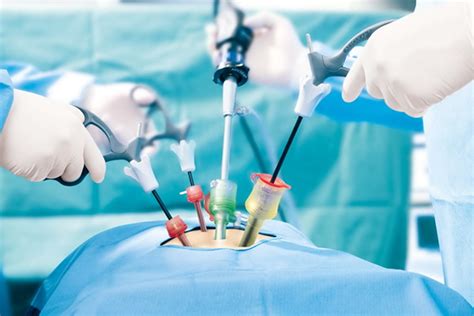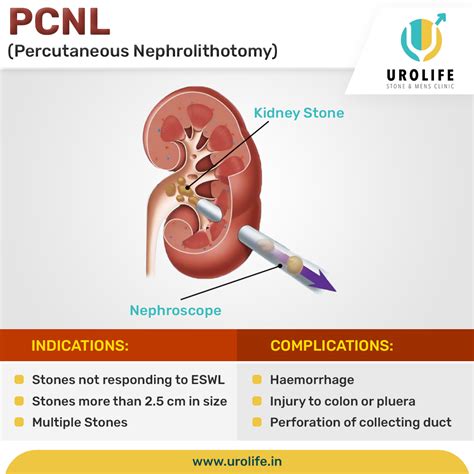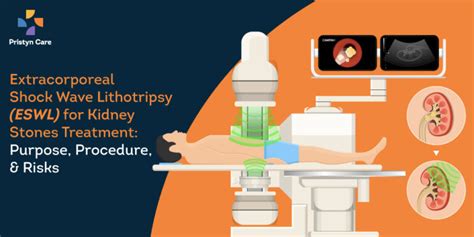Intro
Discover 5 ways kidney stone operation can relieve pain. Learn about surgical procedures, recovery, and prevention methods for kidney stone treatment, including lithotripsy and ureteroscopy.
The presence of kidney stones can be a debilitating and painful experience for those who suffer from them. Kidney stones are hard deposits made of minerals and salts that form inside the kidneys, and they can cause severe pain, nausea, and vomiting. In some cases, kidney stones can be treated with medication and lifestyle changes, but in more severe cases, surgery may be necessary.
Kidney stone operations are medical procedures designed to remove kidney stones from the body. These operations can be performed using various techniques, each with its own set of benefits and risks. Understanding the different types of kidney stone operations can help individuals make informed decisions about their treatment options.
The decision to undergo a kidney stone operation is often made after other treatment options have been exhausted. Kidney stones can be caused by a variety of factors, including dehydration, diet, and genetic predisposition. In some cases, kidney stones can be prevented by making lifestyle changes, such as drinking plenty of water and avoiding certain foods. However, when kidney stones do form, prompt medical attention is necessary to prevent complications.
Kidney Stone Operation Overview

Types of Kidney Stone Operations
There are several different types of kidney stone operations, including open surgery, laparoscopic surgery, percutaneous nephrolithotomy, ureteroscopy, and extracorporeal shock wave lithotripsy. Each type of operation has its own set of benefits and risks, and the choice of operation will depend on the size and location of the kidney stone, as well as the individual's overall health.Open Surgery

Risks and Benefits of Open Surgery
The benefits of open surgery include the ability to remove large kidney stones and the potential for a shorter recovery time compared to other types of surgery. However, open surgery can also be associated with a higher risk of complications, such as infection and bleeding. Additionally, open surgery can result in a longer hospital stay and a more painful recovery.Laparoscopic Surgery

Risks and Benefits of Laparoscopic Surgery
The benefits of laparoscopic surgery include a shorter recovery time and less pain compared to open surgery. Additionally, laparoscopic surgery can result in a shorter hospital stay and a lower risk of complications. However, laparoscopic surgery can also be associated with a higher risk of bleeding and infection, and it may not be suitable for larger kidney stones.Percutaneous Nephrolithotomy

Risks and Benefits of Percutaneous Nephrolithotomy
The benefits of percutaneous nephrolithotomy include the ability to remove large kidney stones and the potential for a shorter recovery time compared to open surgery. However, percutaneous nephrolithotomy can also be associated with a higher risk of complications, such as bleeding and infection. Additionally, percutaneous nephrolithotomy can result in a longer hospital stay and a more painful recovery.Ureteroscopy

Risks and Benefits of Ureteroscopy
The benefits of ureteroscopy include a shorter recovery time and less pain compared to open surgery. Additionally, ureteroscopy can result in a shorter hospital stay and a lower risk of complications. However, ureteroscopy can also be associated with a higher risk of bleeding and infection, and it may not be suitable for larger kidney stones.Extracorporeal Shock Wave Lithotripsy

Risks and Benefits of Extracorporeal Shock Wave Lithotripsy
The benefits of extracorporeal shock wave lithotripsy include a shorter recovery time and less pain compared to open surgery. Additionally, extracorporeal shock wave lithotripsy can result in a shorter hospital stay and a lower risk of complications. However, extracorporeal shock wave lithotripsy can also be associated with a higher risk of bleeding and infection, and it may not be suitable for larger kidney stones.What are the symptoms of kidney stones?
+The symptoms of kidney stones can include severe pain, nausea, vomiting, and frequent urination. In some cases, kidney stones can also cause blood in the urine and fever.
How are kidney stones diagnosed?
+Kidney stones are typically diagnosed using a combination of physical examination, medical history, and diagnostic tests, such as CT scans and ultrasound.
What are the treatment options for kidney stones?
+The treatment options for kidney stones can include medication, lifestyle changes, and surgery. The choice of treatment will depend on the size and location of the kidney stone, as well as the individual's overall health.
Can kidney stones be prevented?
+In some cases, kidney stones can be prevented by making lifestyle changes, such as drinking plenty of water and avoiding certain foods. However, some kidney stones may be caused by genetic or other factors that cannot be controlled.
What is the recovery time for kidney stone surgery?
+The recovery time for kidney stone surgery can vary depending on the type of surgery and the individual's overall health. In general, the recovery time can range from a few days to several weeks.
In conclusion, kidney stone operations are medical procedures designed to remove kidney stones from the body. There are several different types of kidney stone operations, each with its own set of benefits and risks. Understanding the different types of kidney stone operations can help individuals make informed decisions about their treatment options. If you or someone you know is suffering from kidney stones, it is essential to seek medical attention to prevent complications and promote a healthy recovery. We invite you to share your thoughts and experiences with kidney stones in the comments below, and we encourage you to share this article with anyone who may be interested in learning more about kidney stone operations.
